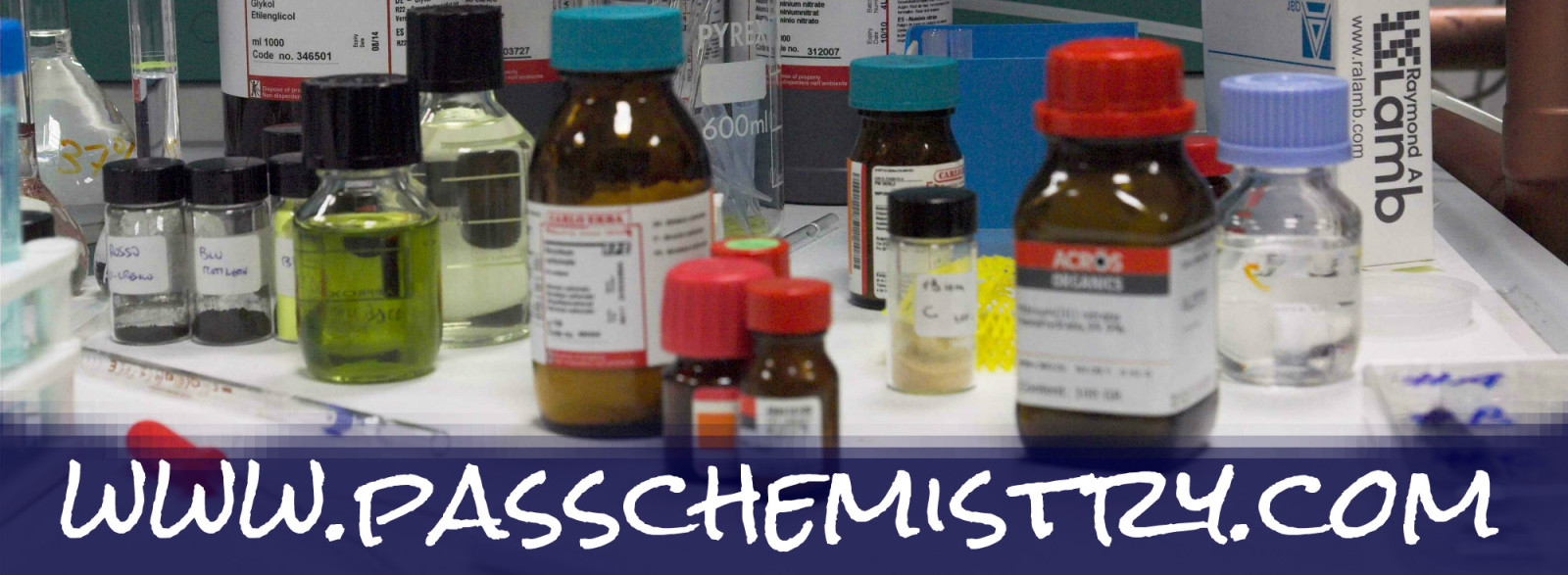Stoichiometry is a very practical area of chemistry concerned with calculating amounts involved in reactions. If you are a chemist performing an experiment in a lab, you need to know what amounts of your reactants to mix together and you need to be able to predict the amounts of the products that will be formed. Stoichiometry is from the Greek for “measuring elements” and it allows us to calculate amounts of the reactants and products using our balanced chemical equation.
Here is a link to a short video explaining what stoichiometry is and how to set up basic problems:
http://www.kentchemistry.com/links/Math/reactionstoich.htm
Here is a link to another short video which will walk you step by step through a stoichiometry problem:
http://chemcollective.org/activities/tutorials/stoich/reaction_stoi
Try the following practice stoichiometry problems below then check your answers by clicking the link at the bottom of the page. To print these practice problems as a worksheet click here: Stoichiometry Calculations Practice Worksheet
Part One: Mole to Mole Problems
- How many moles of sodium will react with water to produce 4.0 mol of hydrogen in the following reaction?
2Na(s) + 2H2O(l) –> 2NaOH(aq) + H2(g)
- How many moles of lithium chloride will be formed by the reaction of chlorine with 0.046 mol of lithium bromide in the following reaction?
2LiBr(aq) + Cl2(g) –> 2LiCl(aq) + Br2(l)
- Aluminum will react with sulfuric acid in the following reaction.
2Al(s) + 3H2SO4(l) –> Al2(SO4)3(aq) + 3H2(g)
a. How many moles of H2SO4 will react with 18 mol Al?
b. How many moles of each product will be produced?
- Propane burns in excess oxygen according to the following reaction.
C3H8 + 5O2 –> 3CO2 + 4H2O
a. How many moles each of CO2 and H2O are formed from 3.85 mol of propane?
b. If 0.647 mol of oxygen is used in the burning of propane, how many moles each of CO2 and H2O are produced? How many moles of C3H8 are consumed?
Part Two: Mole to mass problems
- Phosphorus burns in air to produce a phosphorus oxide in the following reaction:
4P(s) + 5O2(g) –> P4O10(s)
a. What mass of phosphorus will be needed to produce 3.25 mol of P4O10?
b. If 0.489 mol of phosphorus burns, what mass of oxygen is used? What mass of
P4O10 is produced?
- Hydrogen peroxide breaks down, releasing oxygen, in the following reaction:
2H2O2(aq) –> 2H2O(l) + O2(g)
a. What mass of oxygen is produced when 1.840 mol of H2O2 decomposes?
b. What mass of water is produced when 5.0 mol O2 is produced by this reaction?
Part Three: Mass to Mole Problems
- Sodium carbonate reacts with nitric acid according to the following equation.
Na2CO3(s) + 2HNO3 –> 2NaNO3 + CO2 + H2O
- How many moles of Na2CO3 are required to produce 100.0 g of NaNO3?
- If 7.50 g of Na2CO3 reacts, how many moles of CO2 are produced?
- Hydrogen is generated by passing hot steam over iron, which oxidizes to form Fe3O4,in the following equation.
3Fe(s) + 4H2O(g) –> 4H2(g) + Fe3O4(s)
a. If 625 g of Fe3O4 is produced in the reaction, how many moles of hydrogen are produced at the same time?
b. How many moles of iron would be needed to generate 27 g of hydrogen?
Part Four: Mass to Mass Problems
- Calculate the mass of silver bromide produced from 22.5 g of silver nitrate in the following reaction:
2AgNO3(aq) + MgBr2(aq) –> 2AgBr(s) + Mg(NO3)2(aq)
- What mass of acetylene, C2H2, will be produced from the reaction of 90. g of calcium carbide, CaC2, with water in the following reaction?
CaC2(s) + 2H2O(l) –> C2H2(g) + Ca(OH)2(s)
- Chlorine gas can be produced in the laboratory by adding concentrated hydrochloric acid to manganese(IV) oxide in the following reaction:
MnO2(s) + 4HCl(aq) –> MnCl2(aq) + 2H2O
a. Calculate the mass of MnO2 needed to produce 25.0g of Cl2
b. What mass of MnCl2 is produced when 0.091g of Cl2 is generated?
Click here to see the answers to the stoichiometry practice problems
